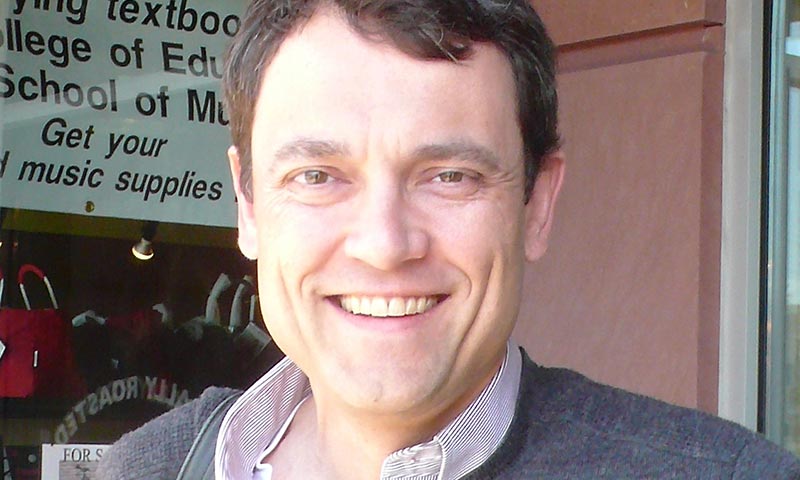Daniel Vivian
(former) Assistant Professor, Department of History

“It is certainly true that America needs more engineers, computer scientists, and mathematicians. Yet we also need people who think critically, communicate clearly and effectively, and are adept at making sense of disparate information. The liberal arts develop these abilities with unique ability.”
Recent debates about education have tended to cast the liberal arts as a dead end. Students who pick liberal arts majors, the argument goes, graduate to poor job prospects and long-term irrelevance. In fact, nothing could be further from the truth. It is certainly true that America needs more engineers, computer scientists, and mathematicians. Yet we also need people who think critically, communicate clearly and effectively, and are adept at making sense of disparate information. The liberal arts develop these abilities with unique ability. A liberal arts major is anything but irrelevant. Rather, it develops skills that employers prize and prepare students for long-term growth.
I routinely teach History 304, Historical Methods. The title is about as exciting as the content. “Methods,” as it’s commonly known, is not a course that students rush to take. It’s required for all history majors, which is what drives enrollment. Methods surveys the philosophy of history, the development of history as an academic discipline, and the methods historians use in investigating the past. The course is not known for engaging lectures and lively readings. Simply put, methods is dull — or seems so most of the time.
I love teaching methods. It’s a challenge to hold students’ attention while discussing relatively dry material, and convincing them that historical thinking involves more than common sense can be tough. It’s somewhat easier to get students to question historical sources that, at least on the surface, seem self-explanatory, but not by much. Methods makes me work as a teacher and often leaves me wondering how well I’m doing. Compared to other courses, the feedback is weak and uneven — and sometimes nonexistent.
Methods is one of the most valuable courses any undergraduate will take. It makes students think critically and rigorously about sources, learn how to identify what a particular source does and does not say, and evaluate the credibility of information. It demands that students consider whose perspectives are present in any particular source and think about whose are not. Methods teaches students to make sense of disparate, conflicting information, reach informed judgments, and use evidence effectively. It insists that students question fundamental beliefs and take nothing for granted. It teaches critical thinking, plain and simple. It also develops research skills and, for many, serves as a crash course in persuasive writing.
Few students who major in history go on to become historians. Some want to, and I encourage those who show aptitude to pursue further study. Most history majors, however, have other aims. Regardless of what they chose to become, methods will serve them well. It develop skills they will use for the rest of their lives.
Every so often, I run into former methods students long after the semester ended. One told me that after having to write a 20-page paper, 8 and 10-page papers became much easier. Another mentioned how much methods had improved her writing skills. Still another said that the course had taught him how to find useful information, no matter what the topic. These comments more than make up for the lack of immediate feedback. They tell me I’m doing my job, and that students are learning what the course aims to teach.
Methods is a prime example of the liberal arts in action. In a single semester, I can’t teach students everything they need to know, but I can teach key concepts and equip students to continue learning on their own. No matter what they go on to do, methods will stick with them for a long while.
Now, who says studying history isn’t useful?
